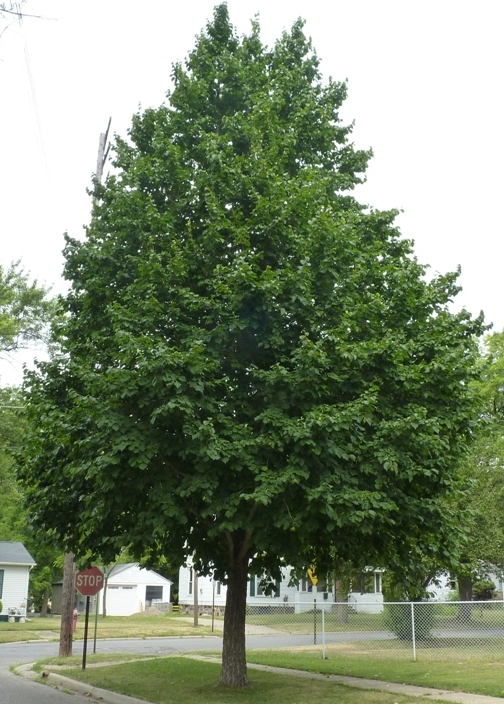- Home
- >
- Broadleaved Tree Seeds A-I by Latin Name
- >
- Turkish Hazel (corylus colurna)
Turkish Hazel (corylus colurna)
SKU:
£1.75
1.75
23
£1.75 - £23.00
Unavailable
per item
Seed Prices
25 grams (approx 14 seeds) £1.75
50 grams (approx 29 seeds) £2.95
100 grams (approx 59 seeds) £5.50
250 grams (approx 147 seeds) £12.40
500 grams (approx 294 seeds) £23.00
Use the drop down box below to select the quantity
Germination, Sowing and After Care Information for
Turkish Hazel (corylus colurna)
Turkish Hazel nuts are dormant and need to undergo a period of pre-treatment known as stratification to enable them to germinate.
To begin the nuts should be soaked in warm water for 48 hours. Following this the nuts should be mixed with a 50/50 blend of moist peat/compost and sharp sand -just enough to separate the seeds from each other. Put them in a plastic bag (freezer bags are ideal) and place the loosely tied bag in a warm place at room temperature (20 Celsius) for 2 weeks.
Next the seeds should be placed in the fridge for at least 6 weeks and preferably between 12 -16 weeks to break down the final part of the dormancy. Keep checking them every week for signs of germination.
After this period of pre-treatment they can be sown in good quality potting compost in deep containers (at least 20 cm deep), covering each nut with a couple of centimeters of soil and kept in a warm place. As soon germination begins they produce a very strong tap root, planting in shallow containers will cause severe root deformation. They can be started off under protection or indoors but should really be placed outside from the early summer.
They can be also be sown outside in the garden usually during March or April in soil that has been well cultivated and is free from perennial weeds. Hazelnuts can be broadcast over the soil or sown in drills and then covered with a couple of centimeters of fine soil. They will need protecting from mice, squirrels and pigeons etc.
Initial growth is quite rapid and within a few weeks from germination the seedlings will be between 10 and 20 cm high.
Growth by the end of the first season can be up to 50 cm or more. To encourage maximum growth ensure that the trees are never stressed because of a lack of water and that they are well nourished and grown in a warm, sunny position. Trees should be planted in their permanent position as soon as is practical. If they are large enough, at the end of their first growing season and certainly at the end of the second
To begin the nuts should be soaked in warm water for 48 hours. Following this the nuts should be mixed with a 50/50 blend of moist peat/compost and sharp sand -just enough to separate the seeds from each other. Put them in a plastic bag (freezer bags are ideal) and place the loosely tied bag in a warm place at room temperature (20 Celsius) for 2 weeks.
Next the seeds should be placed in the fridge for at least 6 weeks and preferably between 12 -16 weeks to break down the final part of the dormancy. Keep checking them every week for signs of germination.
After this period of pre-treatment they can be sown in good quality potting compost in deep containers (at least 20 cm deep), covering each nut with a couple of centimeters of soil and kept in a warm place. As soon germination begins they produce a very strong tap root, planting in shallow containers will cause severe root deformation. They can be started off under protection or indoors but should really be placed outside from the early summer.
They can be also be sown outside in the garden usually during March or April in soil that has been well cultivated and is free from perennial weeds. Hazelnuts can be broadcast over the soil or sown in drills and then covered with a couple of centimeters of fine soil. They will need protecting from mice, squirrels and pigeons etc.
Initial growth is quite rapid and within a few weeks from germination the seedlings will be between 10 and 20 cm high.
Growth by the end of the first season can be up to 50 cm or more. To encourage maximum growth ensure that the trees are never stressed because of a lack of water and that they are well nourished and grown in a warm, sunny position. Trees should be planted in their permanent position as soon as is practical. If they are large enough, at the end of their first growing season and certainly at the end of the second



